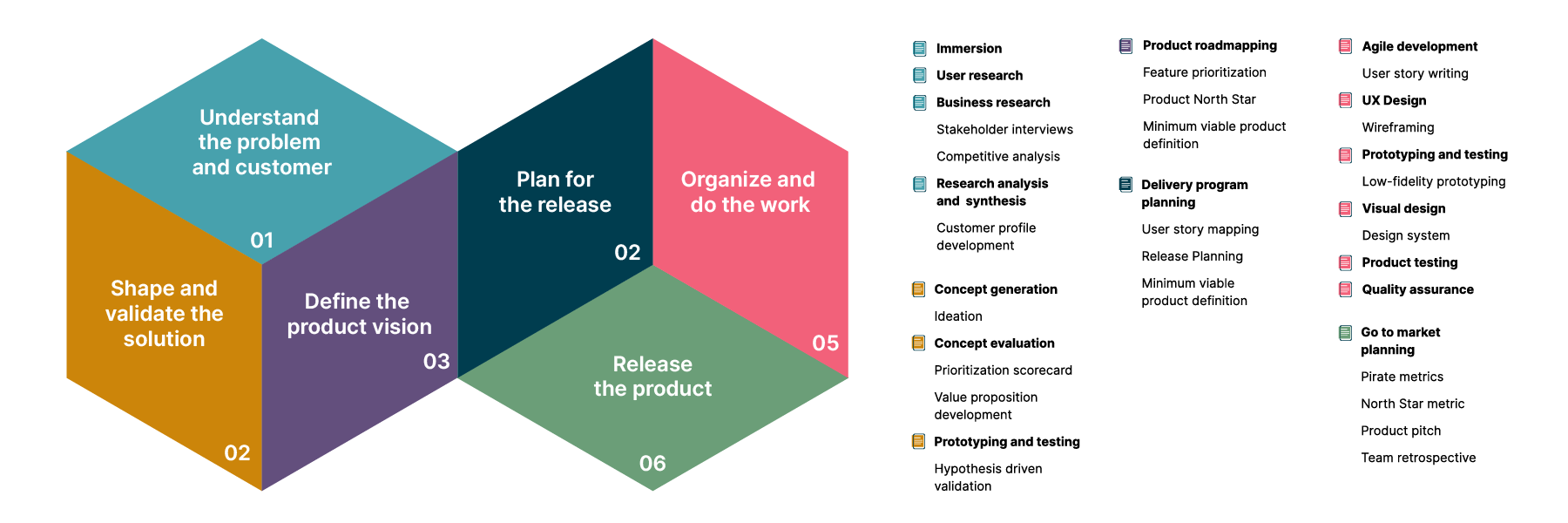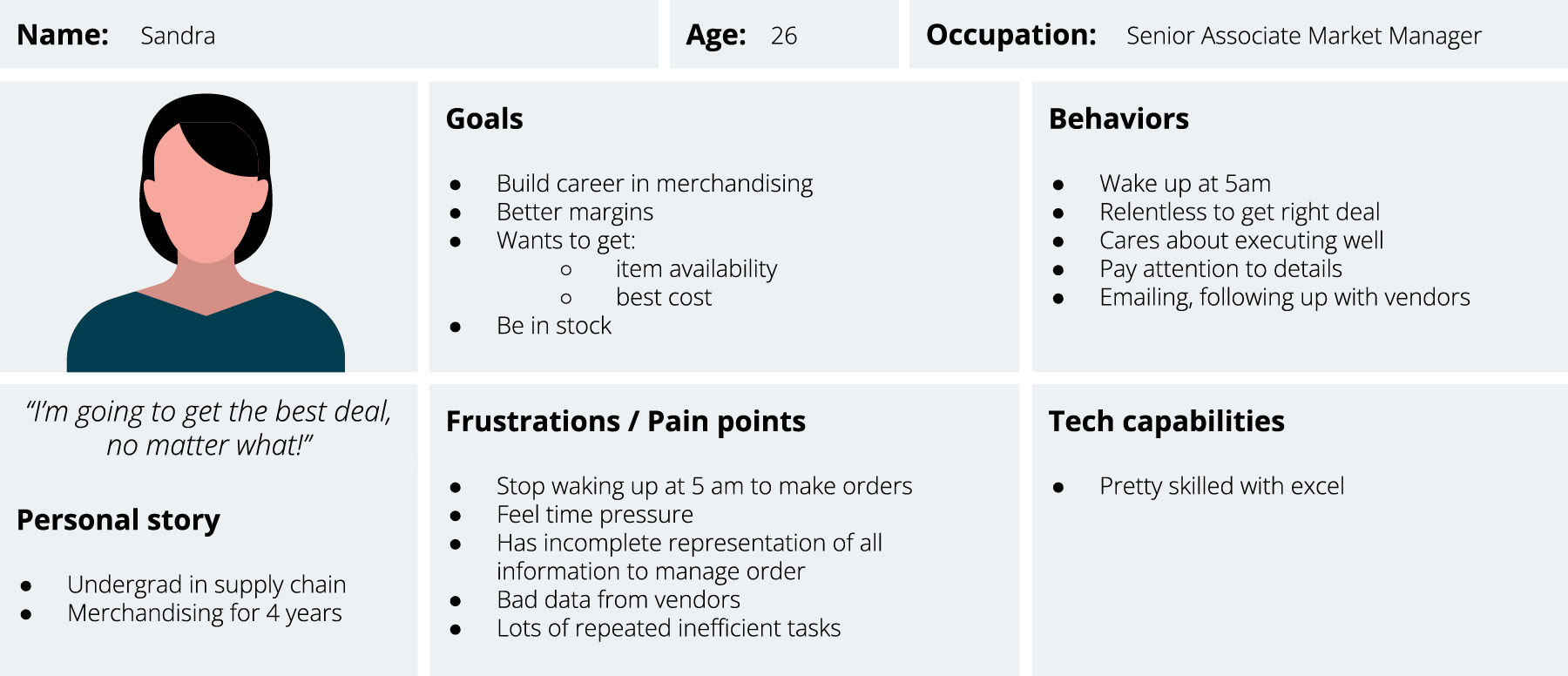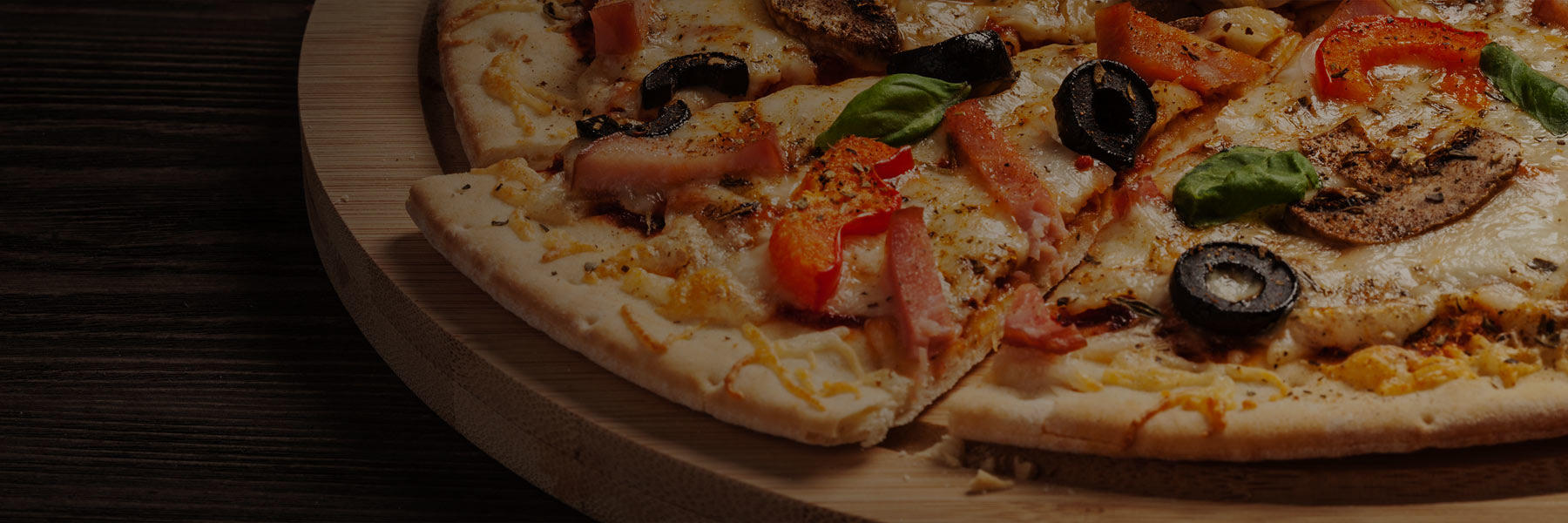From a single store in Delaware in 1991, Total Wine has grown into the largest alcohol retailer in the U.S., operating 265 stores across 28 states.
How did they do it? Simple: a commitment to delivering the best selection at the best price every day. A commitment that proves simple isn’t always easy, and that product thinking for internal systems is just as impactful on business outcomes as customer-facing ones.
Liquid labyrinth: Liquor, laws and logistics
Operating as a national liquor retailer in the U.S. presents a multifaceted challenge, primarily due to the intricate mosaic of state and municipal liquor laws. These divergent regulations influence every aspect of the business, from pricing and distribution strategies to the types of alcoholic products that can be sold.
Regulatory variances add layers of complexity to inventory management. Balancing carrying costs with optimal purchase prices becomes challenging, requiring a nuanced understanding of local laws and consumer preferences while making standardizing offerings or pricing nationwide difficult.
Adhering to this complex framework imposes a heavy administrative burden, and if you’re Total Wine, can make fulfilling your brand promise a formidable task. But not an impossible one.
For over three years, Total Wine has struggled to deliver on the value of modernizing their software. I’m confident that the Thoughtworks Product Thinking Playbook and approach was the key to realizing that value, not just in the project but across the organization.
One of the keys to Total Wine’s success has been its custom Enterprise Resource Planning (ERP) system and algorithm designed to assist buyers by generating purchase orders. The buyer then reviews these to ensure that they’re purchasing the right amount at the right price so they can pass that value on to their customers and fulfill their brand promise.
Although a huge contributor to Total Wine’s success, the original ERP system was only designed for around 10 stores. Now, at 253 stores and counting, the same ERP is being used, and buyers are feeling the burden. Buyers are under pressure to quickly review and act on extensive and intricate datasets while adhering to tight schedules for product to make it on store shelves in time. This precarious juggling act represents a significant hurdle, highlighting how brand promise and profitability are irrevocably tied.
The challenge for Total Wine was straightforward: How to align purchasing and holding costs with brand commitments, sustain profitability and prepare for enduring growth. Despite their attempt to modernize enterprise software, the dilemma persisted—until Thoughtworks delivered an approach to value.
Total Wine and product thinking: A Perfect pairing
Recognizing that those affected stand at the center of any challenge is the first step in overcoming it. In the case of Total Wine, the people are their buyers, and the problem lies in the product order review process. Employing a product thinking approach, Thoughtworks assembled a specialized team to synthesize existing research and lead a three-week product inception workshop with targeted objectives.
- Fostering a collective grasp of the project's vision and objectives
- Assessing the overarching scope and fundamental procedures
- Identifying critical risks, challenges, and limitations that could affect project completion
- Formulating a comprehensive strategy for technical execution and quality assurance
Key tactics and techniques


Bringing in engineering early and using the Product Thinking Playbook as a guide, practitioners relied upon various tactics and techniques to drive progress between milestones and ensure team and product alignment.
Among these include:
User Interviews: Conduct guided conversations with existing and/or target users, as well as other relevant individuals on the demand side, to learn about their experiences, understanding, struggles and feedback directly related to the area of investigation.
- Technical Audit: Perform a deep dive evaluation of current software, tech stack and architecture for scalability, security, performance or maintainability recommendations.
- Persona Development: Create one or multiple personas that serve as fictional representations of a specific type of user to understand key traits, behaviors, emotions, goals, responsibilities and needs.


- UX Audit: Review an existing product to identify problems in the user interface or overall experience according to recognized usability principles and current best practices. This is often an informal practice but can materialize as a formal document if required for knowledge transfer.
- Co-creation: Conduct activities to develop concepts or preliminary designs collaboratively with users or stakeholders.
- Experience Maps: Map a user's journey or experience of a product to identify needs and opportunities. Then, map the steps or actions of each stage of the experience and any relevant factors, including actors involved, tools or technology used, emotions, pain points and more.
- Service Blueprint: Map the user experience of a product along with all the business operations needed to deliver the intended experience. Pay attention to "frontstage" touchpoints that the user sees and the "backstage" people, processes and technology that are largely invisible.
- Concept Development: Mature product ideas or concepts to create a more refined understanding of the value proposition, user experience, technology involved, potential features, risks and enablers. Outputs may take the form of concept briefs, posters, storyboards or videos.
- Empathy Mapping: Map what is collectively known about a type of user to create a shared understanding of their emotions, attitudes and behaviors.


- Minimum Viable Product Definition: Define a new product's minimal feature set that reflects its core user value proposition. Ensure it's aligned with validated and prioritized product goals, features, dependencies and constraints. Release to early adopters, generating lean feedback from the market.
- Release Planning: Determine the target outcome(s) of one or more major releases and establish a plan that identifies release or product goals, target features or functionality, key partners, schedule and budget constraints, critical dependencies and how progress will be measured.
With a deeper understanding of the people, process and problem, Thoughtworks hypothesized that improving the ERP and, consequently, the user experience, would streamline buyer tasks, making them easier and more efficient. The initiative aimed to cut down on tedious work and reduce operational costs by delivering actionable, easy-to-interpret data, something that was presently missing from the buyer's experience.
Now, with the benchmark for Minimum Viable Product (MVP) success clearly defined around efficiency, and with qualitative and quantitative assessments in place, we set out to not only build the right thing, but to build it the right way.
Complexity decanted: People, processes and profit
Thanks to Total Wine’s Product Inception, key deliverables were achieved to set the stage for the forthcoming project. The team crystallized the business vision and project objectives, laying the foundation for success. Prioritized high-level requirements were established, including both user stories and non-functional prerequisites, guiding the technical approach for the endeavor. Early design sketches and concepts emerged, forming the initial visual blueprint of the end product. Based on these elements, detailed estimates were formulated to align with the release plan, identifying key milestones and timelines. Concurrently, the team conducted a comprehensive RAID (Risks, Assumptions, Issues, and Dependencies) analysis to address potential obstacles preemptively. A communication plan was designed to streamline information flow among stakeholders, ensuring clarity and consistency. The workshop culminated in outlining the next steps, setting the stage for the agile development process that would bring the project from concept to completion.


With a January 2024 release date set for the Purchase Order Review, rather than wind down, we saw the scope of our engagement with Total Wine evolve. Initially focused on enterprise modernization, we expanded to broader organizational change.
Recognizing the value found in our product thinking approach, Total Wine expanded its engagement to include product organization transformation and a specialized Product Thinking Playbook Certification Training.
This strategic decision not only facilitated their shift from a project-oriented framework to a product-centric ethos but also armed them with the capacity for sustainable innovation and agility. Focused on impactful outcomes rather than mere outputs, the company has fostered heightened internal collaboration and customer-centric decision-making, all while proactively leveraging technology to enhance efficiencies.
Poised to deliver on both profit and brand promise, Total Wine continues to scale as the largest retailer of alcohol. The journey underscores that while simplicity may be elusive, much like a vintage Bordeaux, the finest things seldom come easy.


















